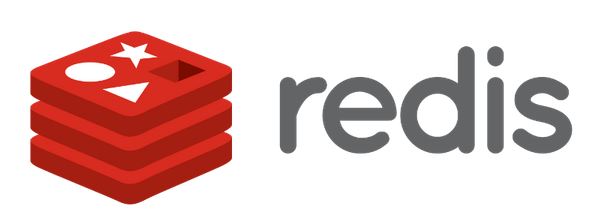A few years ago I published a page on a S3 python based backup service. I had been using cloud based data backup for years (mainly Crashplan) to provide an extra level of protection to my on-prem raid1 NAS drive.
Python S3 Data Backup Application

I have been using cloud based data backup for years (mainly Crashplan) to provide an extra level of protection to my on-prem raid1 NAS drive. These solutions are great for an easy to use set and forget product (which is
Python Multi-Thread Coding

Python Multi Thread Coding is something you should consider when you have some code that needs to run multiple times. For example – doing a version check across multiple routers. You can either run the check in sequence (series), or
Hired by Amazon – a journey to the top. How I got a job at Amazon!

Last year I was able to get into Amazon Web Services. It was a long journey to get there, but worth it to now be where I’ve wanted to end up for over 10 years. Here I will discuss How
tinyURL system design with Python, Redis and DynamoDB

One of the interview rounds that is a key part of major organisations (like AWS, Microsoft and Google) is the System Design interview. This is where you do a high level design of a scalable product, and talk through the
Using Cisco Meraki API v0 and V1 with python

In Previous Posts ive built some Meraki applications, which are all based on the v0 API, Meraki first built their API set on v0. This was a good set, but not complete (it covers maybe 70% of the GUI dashboard